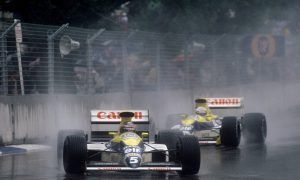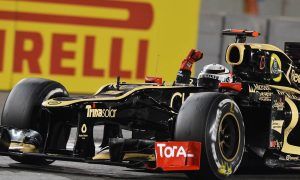
© Toro Rosso
Do restrictions have a perverse effect?
“Honestly, restrictions can help as well as hinder a small team. STR is an average size team, but if you have a restriction, a big team with a lot of people and a large budget will find a way to compensate using more analyses and diverting resource in a different way. You have 65 runs in the wind-tunnel per week and every one of them will provide more information about the car. You hope each of them will produce some performance.”
“Because it is restricted to 65 per week (and we used to do 100s and 100s per week in the past), you need to make sure every run is as perfect as it can be and get as much information as you possibly can. The input you need to give to each of those items is very significant. So, if you are a small team and just take the cost saving of running less parts than in the past with no change to your process (maybe even downsizing your aero department) you would lose on the development side. A larger team would divert its efforts and spending to be able to maximize the amount of work that goes into each run in the tunnel. This has the potential to widen the gap between small and large teams therefore – restrictions do save a little money but they have far larger implications than are obvious at the time for forming them.”
COORDINATING DEVELOPMENT
Concerning aerodynamic development and a new front wing for example, the flow structure for the rear of the car could now be irrelevant. How do you co-ordinate all these things simultaneously, knowing that the impact of the front is predominant?
“It’s about having the overview of the whole car’s aerodynamic structures. So, again, you probably have a good idea of what they are trying to achieve and have the analyses to know what they are trying to get out of the car. There are two parts to it. There are the developments in their own right that simply produce performance from a global increase of downforce, typically items at the rear of the car will produce performance in their own right, they affect little of the car ‘up stream’. Then there is the front of the car which has a lot of ‘downstream’ effects, with this you are setting up the structures that you need to make the rest of the car performs better and does have an impact on rear end performance potential. So, everyone needs to be on the same page. You will have weekly discussions or meetings with all those involved to say this is what we are trying to achieve in each area and this what we are trying to achieve for the whole car. If you are looking at a front-wing, you are either looking at it to generate some performance at the front by itself or more likely to generate more performance behind the front-wing that affects the middle of the car, the front suspension the rear of the car etc.”

© F1i







